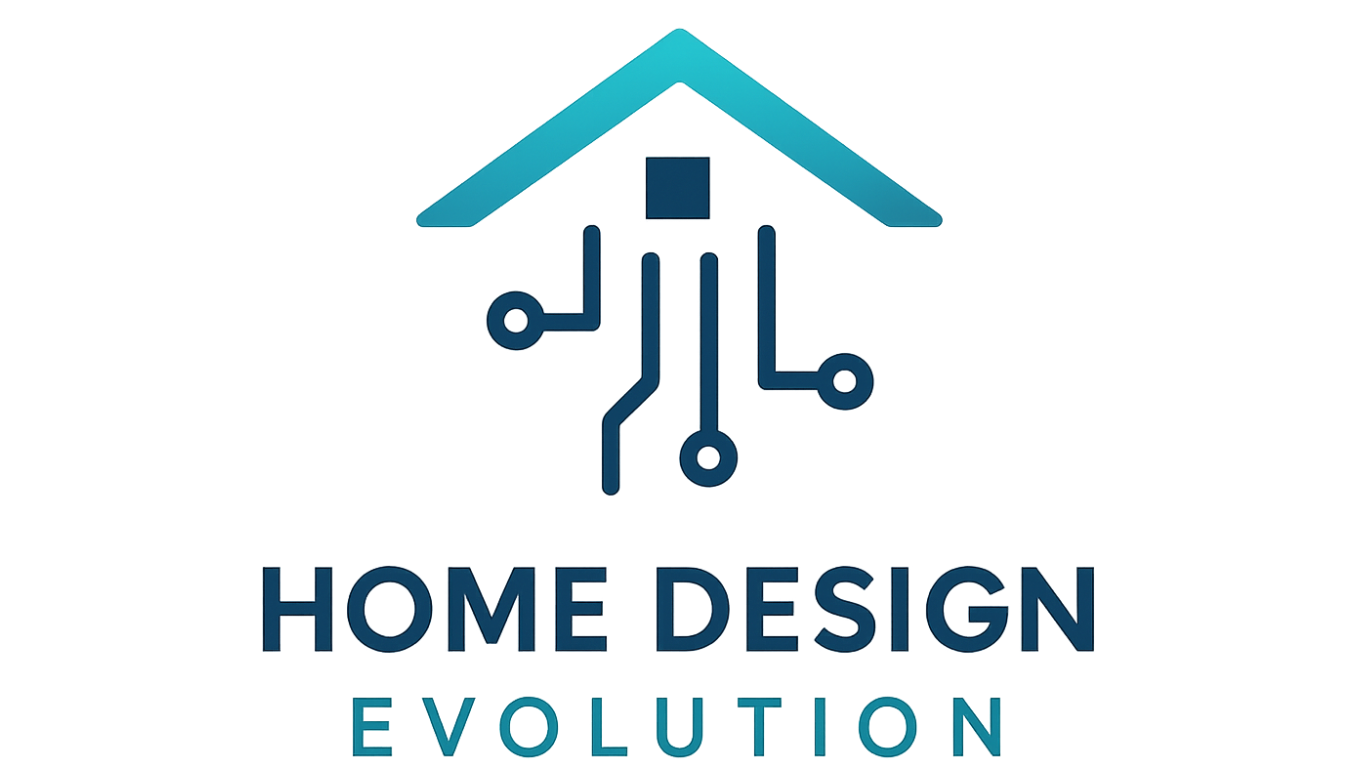
Understanding Energy Laws: A Vital Tool for Homeowners
Energy laws govern everything from how we generate power to the prices we pay for electricity. Their ripple effects impact not just utility companies but also homeowners trying to make sustainable choices. With pressing needs for reliable power, fair prices, and ecological responsibility, understanding energy laws can empower you to make decisions that benefit both your home and the planet.
The Three Core Goals of Energy Regulation
At the heart of energy laws are three core objectives: ensuring reliable power, maintaining fair prices, and reducing greenhouse gas emissions. These laws strive to keep the grid stable and avoid blackouts while also ensuring that families are not priced out of electricity. For environmentally conscious homeowners, knowing how these laws balance these goals can inform when to adopt renewable energy sources.
Federal vs. State Regulation: Navigating Your Options
The regulatory landscape is complex, with federal agencies overseeing broader issues and state commissions managing local rates. This bifurcation means that while federal legislation may promote renewables, local laws dictate the pace and extent of transition to cleaner energy. Staying informed on local laws helps homeowners work within the system for rebates or clean-energy incentives.
Driving the Green Revolution: Incentives and Mandates
In the U.S., tax credits, rebates, and mandates have been pivotal in promoting growth in renewable energy sectors. Homeowners can benefit tremendously from these incentives when integrating technologies like solar panels. Understanding how to leverage these benefits can significantly impact your bills and your carbon footprint.
The Challenges Ahead: Stranded Assets and Permitting Hurdles
Despite the progress, hurdles remain in the shift to renewable energy. Slow permitting for new transmission lines threatens to stall advancements, stranding investments in fossil fuels. For homeowners, it’s crucial to understand the potential impacts of these issues on the availability and cost of clean energy options.
Empowering Decisions: What You Can Do
Awareness enables action. Researching local energy regulations and advocating for favorable policies can lead to better outcomes for both homeowners and the environment. Consider joining community initiatives focused on energy efficiency or supporting local legislation that promotes sustainable practices.
Future Trends in Energy Law: What Lies Ahead?
As climate change amplifies the urgency for clean energy, new laws and regulations are likely to emerge. Future focus areas may include stronger mandates for renewable energy and stricter penalties for pollution. Homeowners can prepare by staying updated on these trends, allowing them to adapt proactively to changes that will affect energy use in their homes.
As our understanding deepens, we recognize the intertwining between energy laws and our daily lives. The decisions you make today in response to these laws can pave the way for a more sustainable tomorrow.
Interested in exploring solar options for your home? Reach out to your local energy provider today to see how you can create a greener environment while saving money on energy bills!
 Add Row
Add Row  Add
Add 



Write A Comment